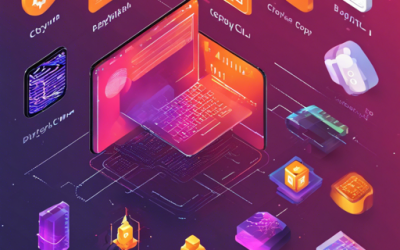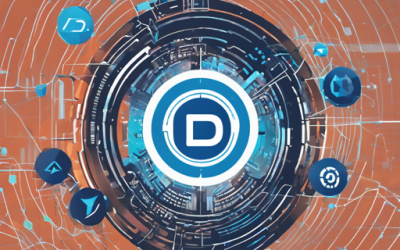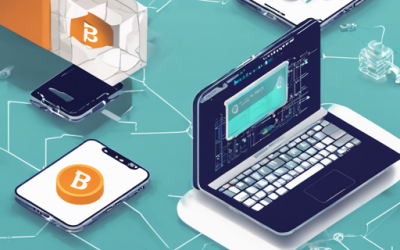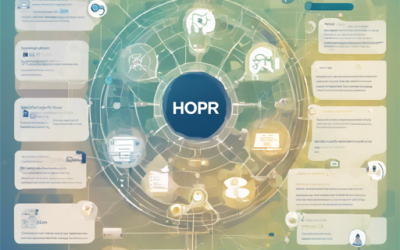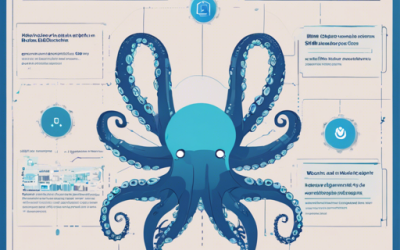Welcome to the ultimate guide for setting up and using EOS Tracker, an Angular4 based frontend that effortlessly connects to the EOS Tracker API. In this blog, we will walk you through the process of getting started, running development servers, performing tests, and...
How to Get Started with Ignite CLI: The All-in-One Crypto App Platform
Ignite CLI is your trusty toolkit for building, launching, and maintaining any crypto application on a sovereign and secure blockchain. It's designed to provide a developer-friendly interface to the Cosmos SDK, the world's most widely-used blockchain application...
How to Build and Contribute to Dash Core
Dash is an innovative digital currency allowing instant, private payments globally. The Dash Core software serves as the backbone for this cryptocurrency. This guide will provide you with steps to successfully compile Dash Core from source, contribute to its...
How to Get Started with Subspace Network Monorepo
Welcome to the world of Subspace Network! This blog will guide you through the intricacies of operating within the Subspace Network monorepo. You will learn how to run the necessary nodes and farmers, explore repository structures, and troubleshoot common issues....
Unraveling the Ethereum Ecosystem: A Comprehensive Guide
The Ethereum ecosystem is a dynamic landscape, rich with resources ranging from smart contracts to decentralized finance (DeFi) solutions. This guide offers a convenient roadmap to various Ethereum resources, assisting both newcomers and seasoned developers in...
Getting Started with WeBASE: A Comprehensive Guide
Welcome to the world of WeBASE, an extension of FISCO BCOS tailored to enhance blockchain application development. This article will guide you through the essentials of WeBASE, making it user-friendly and straightforward. What is WeBASE? WeBASE is a powerful toolkit...
How to Use Hyperledger Caliper for Blockchain Performance Benchmarking
Welcome to the world of Hyperledger Caliper! If you're looking for a way to test and measure the performance of various blockchain technologies, you're in the right place. Hyperledger Caliper is a powerful benchmarking framework designed to analyze the performance of...
How to Set Up the HOPR Messaging Protocol
In today’s digital age, privacy is key to secure communication. HOPR is a privacy-preserving messaging protocol designed for just that. In this guide, we'll walk through the installation, usage, and troubleshooting of HOPR, enabling you to establish a secure...
How to Use Octopus: A Security Analysis Framework for WebAssembly and Blockchain
In an age where digital security is of utmost importance, Octopus stands out as a formidable security analysis framework specifically designed for WebAssembly modules and Blockchain Smart Contracts. In this article, we will walk you through the steps for utilizing...

